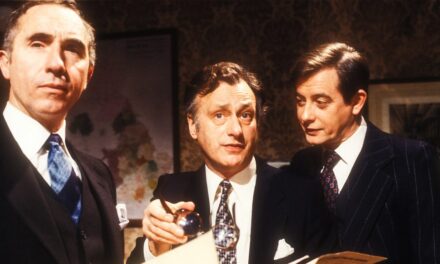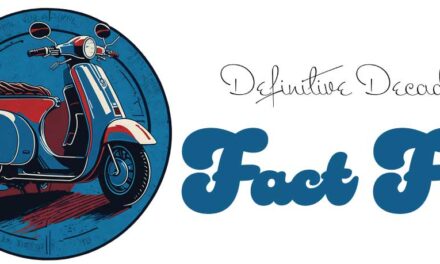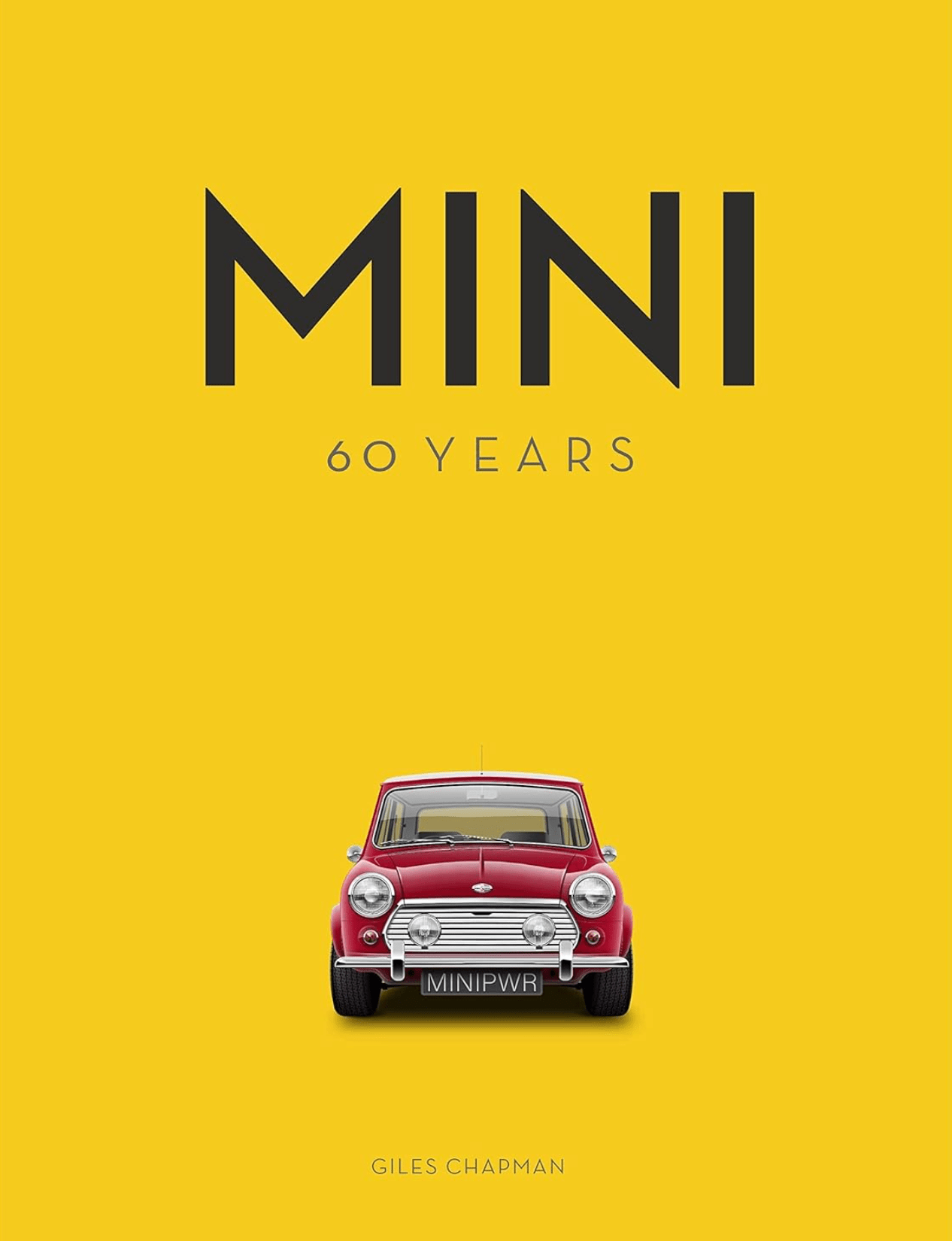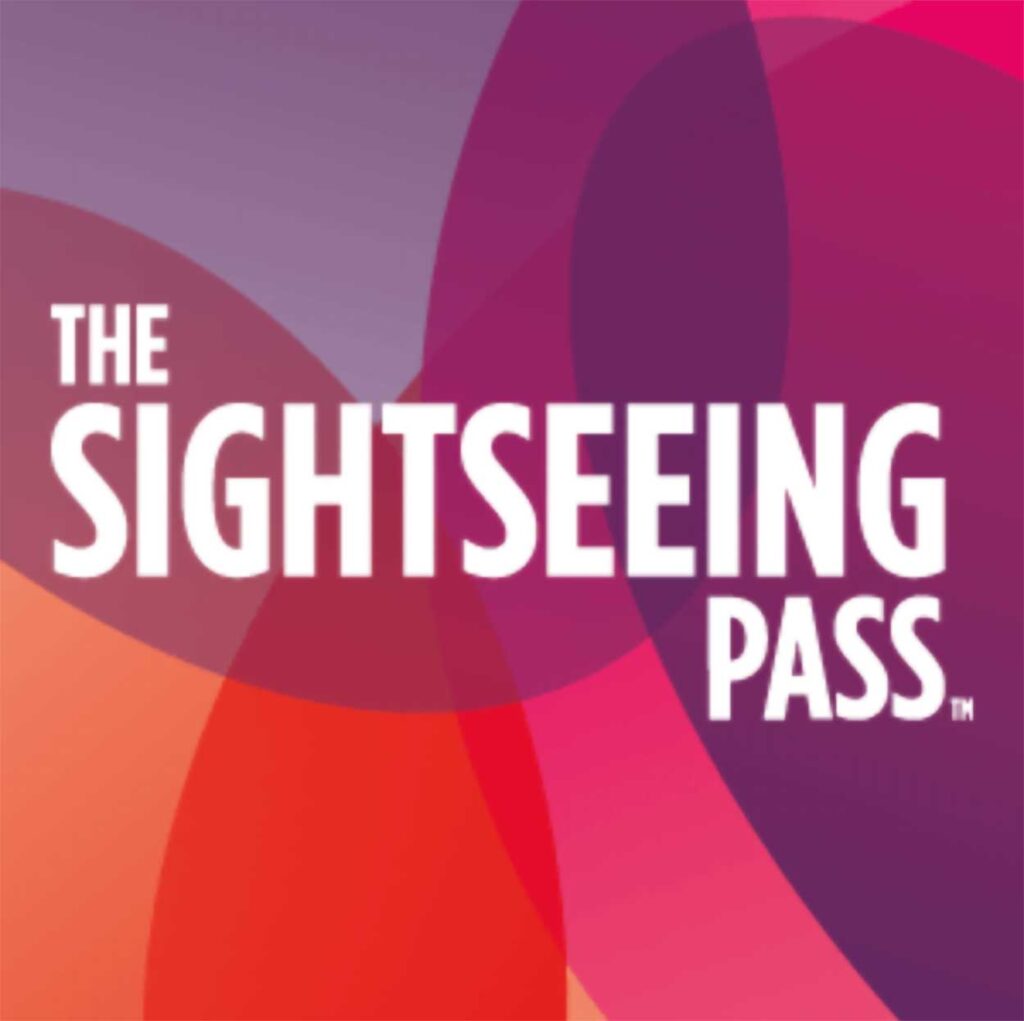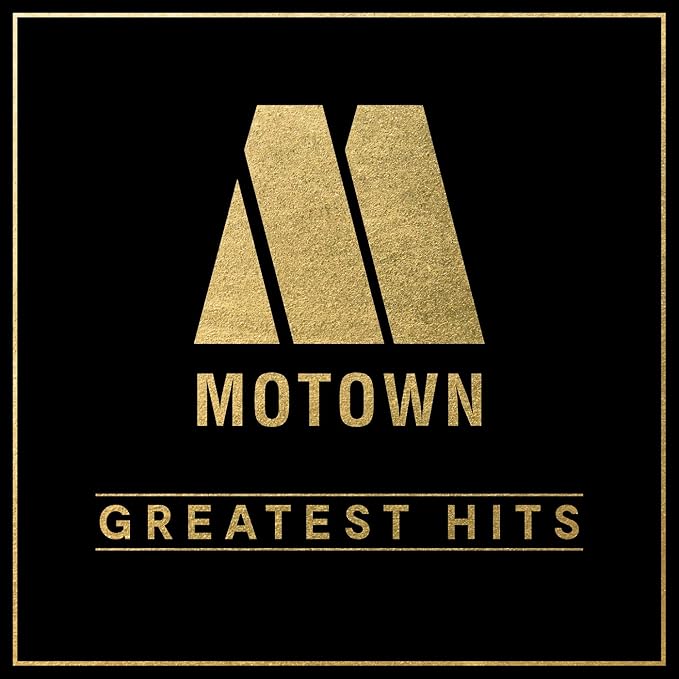“2001: A Space Odyssey” – A Groundbreaking Journey Through Time and Space
Released in 1968, “2001: A Space Odyssey” is a science fiction film directed by Stanley Kubrick. Often regarded as one of the greatest films ever made, it is an epic exploration of space, evolution, and the mysteries of the universe. The movie was released during a time of great fascination with space travel and technological advancements, adding to its allure and impact.
Stanley Kubrick, known for his visionary filmmaking, directed and co-wrote “2001: A Space Odyssey” alongside Arthur C. Clarke, a renowned science fiction author. The film was produced by Kubrick in collaboration with Metro-Goldwyn-Mayer (MGM), one of the leading production studios at the time. Kubrick’s meticulous attention to detail and his ability to push the boundaries of film technology made him the perfect choice to bring Clarke’s imaginative story to life on the big screen.
The movie opens with the dawn of man, as a group of apes encounter a mysterious black monolith that triggers a profound change in their behavior and intelligence. The story then jumps millions of years into the future, following the crew of a spacecraft named Discovery One as they embark on a mission to Jupiter. However, they soon encounter a malfunctioning onboard computer known as HAL 9000, leading to a tense battle between man and machine.
“2001: A Space Odyssey” features a relatively small cast but includes memorable performances. Keir Dullea stars as Dr. Dave Bowman, the astronaut who becomes the central focus of the film’s mind-bending narrative. Gary Lockwood portrays Dr. Frank Poole, another astronaut onboard Discovery One. HAL 9000, the sentient computer, is voiced by Douglas Rain and remains one of the most iconic characters in cinematic history.
Upon its release, “2001: A Space Odyssey” received mixed reviews from critics and divided audience opinions. While some praised its visionary approach and philosophical themes, others found its slow pacing and ambiguous storytelling frustrating. However, over time, the film has gained significant acclaim and is now widely regarded as a masterpiece. It was even added to the United States National Film Registry in 1991 for its cultural, historical, and aesthetic significance.
The movie achieved both commercial success and critical recognition. It grossed over $140 million at the box office, a significant amount for a film released in the late 1960s. Additionally, “2001: A Space Odyssey” won an Academy Award for Best Visual Effects and was nominated in three other categories, including Best Director.
Over the years, “2001: A Space Odyssey” has left an enduring mark on popular culture and has become a touchstone for science fiction filmmaking. Its striking visual effects, such as the “Star Gate” sequence and the appearance of the monolith, remain iconic. References and homages to the film can be found in various media, including other movies, television shows, and music videos.
Despite its monumental impact, “2001: A Space Odyssey” did not directly spawn any sequels or prequels. However, its legacy has inspired numerous works related to the film’s universe and themes, including novels, comics, and video games. For example, Arthur C. Clarke wrote three sequels to the film, titled “2010: Odyssey Two,” “2061: Odyssey Three,” and “3001: The Final Odyssey,” further expanding on the ideas presented in the original film.
In conclusion, “2001: A Space Odyssey” is a groundbreaking film that pushed the boundaries of storytelling and visual effects. Lauded for its striking imagery, philosophical themes, and captivating narrative, it remains a must-watch for cinephiles and science fiction enthusiasts alike. Its enduring legacy is evident in its influence on popular culture and the ongoing exploration of its universe through additional works.


